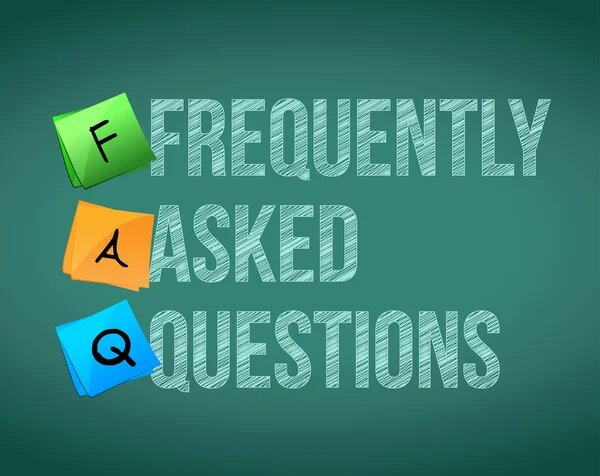Career Tips
Frequently Asked Questions About Applicant Tracking System (ATS)

Don’t quite grasp the whole Applicant Tracking System (ATS)?, worry no more, find out the answers to all that confuses you about Applicant Tracking System (ATS).
What is an ATS compliant resume?
An ATS compliant resume is one that can be easily scanned and interpreted by an applicant tracking system (ATS). This means that your resume should be formatted clearly, with relevant keywords included.
How do I make an ATS-compatible resume?
To create an ATS-friendly resume, consult the job description for the position you’re looking for. This job description will help you determine the job title, abilities, and keywords to include on your resume.
You should also correctly style your resume by using a simple design that is easy to read, with clear headings and font type.
What is a good ATS resume score?
After scanning your resume, the ATS scores your resume on a 1 – 100% scale. A score of 80% or higher moves you on to a human recruiter who may contact you for a job interview.
If your resume scores lower than 80% it is placed into a database for possible future consideration. A resume that scores 20% or lower is usually rejected outright.
Can I run my resume through ATS for free?
A free online ATS resume scanner, such as the one provided by Jobscan, is the ideal way to run your resume through an ATS for free.
Simply enter your resume and a job description, and Jobscan will calculate your match rate. The match rate indicates how well your CV matches the job description! Try it for free right now!
What file types does ATS software recognize?
All ATS recognize Word documents. Some of them are also compatible with PDF files.
How can you test a resume for applicant tracking systems?
The best way to see if your resume is ATS friendly is to use a resume scanner like Jobscan’s. Try it now for free.
Do small companies use applicant tracking systems?
The adoption rate for small companies is low, but growing quickly. Last year, it was estimated that 35% of small organizations use an ATS.
Are there specific keywords or formatting guidelines you should follow to ensure your resume gets past an ATS?
Yes, there are. When writing your resume, keep the following in mind:
- Keywords: Tailor your resume to include relevant keywords from the job description. ATS systems often scan resumes for specific terms to determine their relevance to the position.
- Formatting: Use a clean and well-organized resume format. Stick to standard fonts like Arial or Times New Roman, and avoid complex layouts or graphics that may confuse the ATS.
- File type: Submit your resume in a universally readable format, such as a Microsoft Word document or a PDF file.
- Avoid special characters: Some ATS systems may have difficulty reading special characters, symbols, or non-standard fonts.
Can applicant tracking systems reject your application without a human ever seeing it?
Applicant tracking systems themselves do not reject resumes. People do.
The purpose of an ATS is to identify resumes that best match the specific job requirements and qualifications. Resumes that do not meet the predetermined criteria set by the ATS may be ranked lower or filtered out.
However, the final decision on whether to reject or consider a candidate rests with the human decision-makers involved in the hiring process.
How can you tailor your resume and application to increase your chances of getting through an ATS?
Always strive to match the job description when crafting your resume. In other words, utilize the same terminology as the job description.
Are there any disadvantages or limitations of applicant tracking systems for job seekers?
Candidates who haven’t adjusted their resumes to include the proper keywords may be disregarded, even though they have the required skills and experience. Furthermore, resumes with sophisticated designs, images, or non-standard fonts may be misparsed by ATS, resulting job rejection.
Quick Takeaways
- Employers receive hundreds of resumes for every job opening.
- There is no one-size-fits-all method for “beating” applicant tracking systems. Getting through an ATS and securing a job interview requires a well-written résumé that considers both the ATS algorithms and the people pushing the buttons.
- Use both the long-form and acronym version of keywords (e.g. “Master of Business Administration (MBA)” or “Search Engine Optimization (SEO)”) for maximum searchability.
- Don’t use tables or columns as they often cause major parsing errors.
- Don’t use headers or footers as the information might get lost or cause a parsing error.
Use standard resume section headings like “Work Experience” rather than being cute or clever (“Where I’ve Been”). - An ATS is a computer software program that simplifies and speeds up the hiring process.
- Over 98.8% of Fortune 500 companies use ATS while 66% of large companies and 35% of small organizations rely on them.
- As AI continues to evolve, it’s likely that ATS software will become even more sophisticated.
- Recruiters often filter resumes by searching for key skills and titles.
- The problem with ATS is that qualified candidates are overlooked because their resumes don’t contain the right keywords.






















